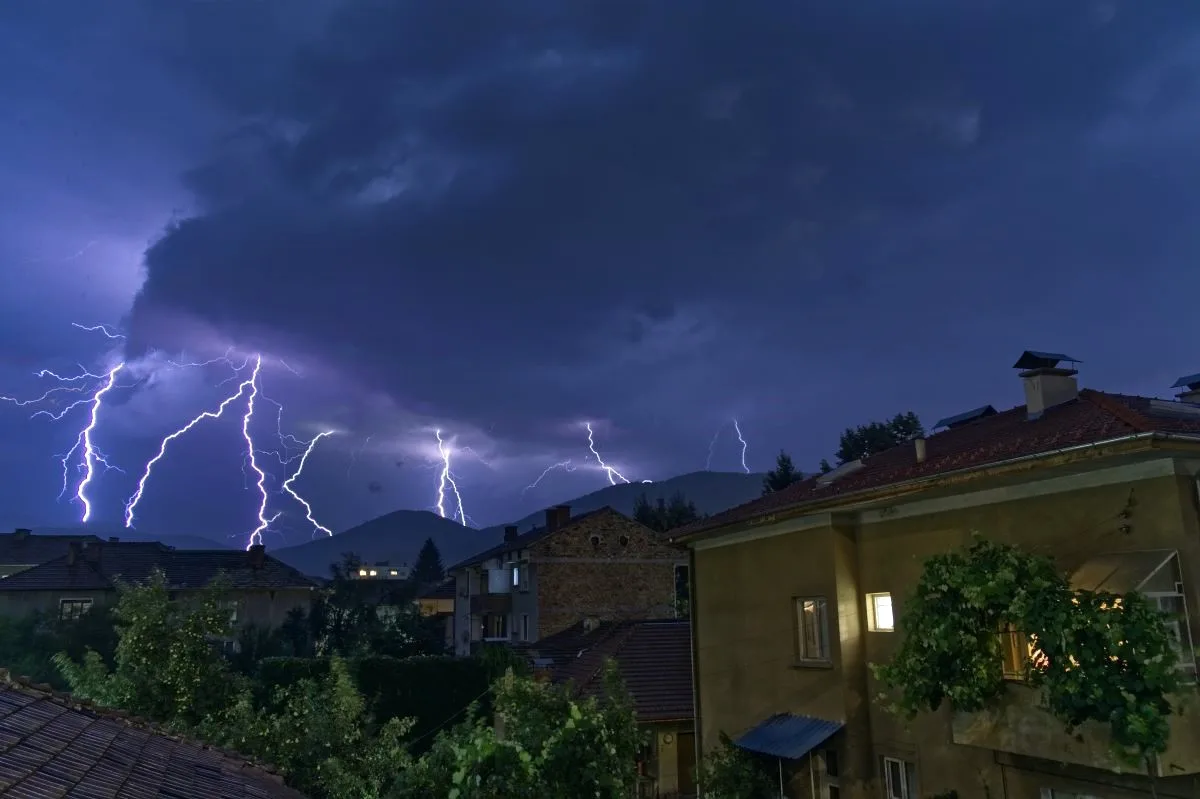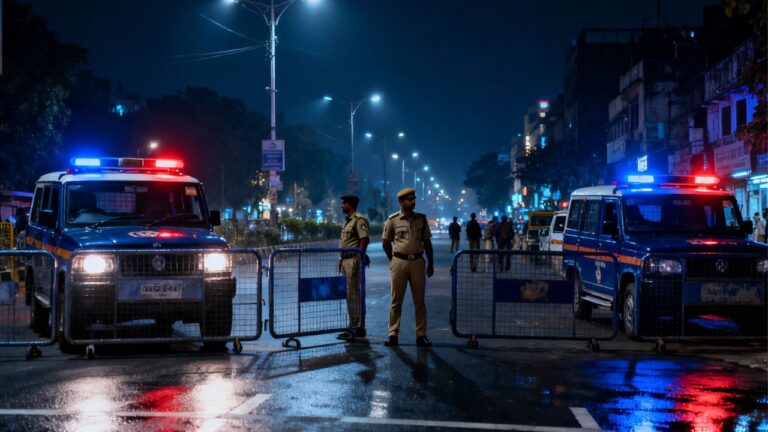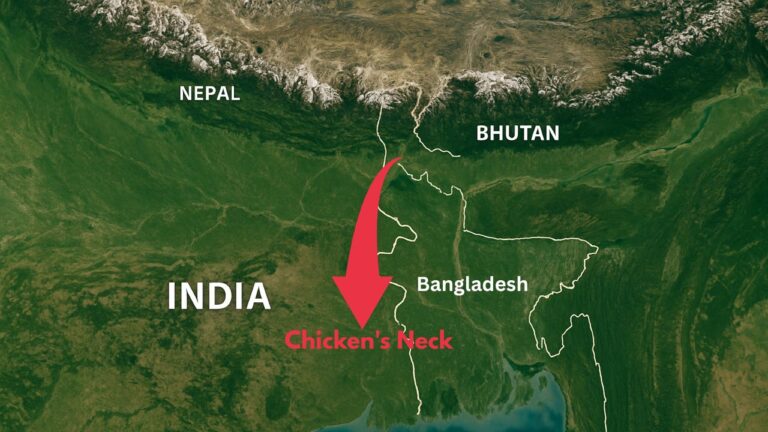
Extreme Weather Highlights Need for Greater Climate Action: Urgent Steps to Safeguard Our Planet
The United Nations weather agency has reported that June 2023 recorded the highest global average temperature ever recorded, marking a concerning milestone in the ongoing battle against climate change. As July began, heatwaves continued to sweep across different regions, claiming lives and causing widespread destruction.
The impacts of extreme weather events, which are becoming increasingly frequent due to global warming, are taking a toll on various aspects of society. WMO Secretary-General Petteri Taalas emphasized that these extreme weather occurrences are affecting human health, ecosystems, economies, agriculture, energy, and water supplies. He stressed the urgent need for society to adapt to this “new normal” of extreme weather.
Among the deadliest natural hazards, heatwaves have been responsible for the deaths of thousands of people annually. With temperatures soaring, forest fires have become more prevalent, leading to massive losses of forested areas. Canada, for instance, has lost over nine million hectares of forests in 2023 alone, a stark contrast to the 10-year average of about 800,000 hectares lost. The resulting pollution and haze have significantly impacted the health of millions of people in the northeastern United States.
In the coming weeks, above-normal temperatures, exceeding the long-term average by more than five degrees Celsius, are forecasted in the Mediterranean region, North Africa, the Middle East, and Türkiye. Southern United States is experiencing an intense widespread heatwave, with the US National Weather Service warning that some locations may even break all-time temperature records.
Simultaneously, torrential rains and floods have wreaked havoc in multiple parts of the world, resulting in the loss of lives and severe damage. The Japanese Meteorological Agency (JMA) issued heavy rain emergency warnings for the Fukuoka and Oita prefectures on Kyushu, the country’s third-largest island, while witnessing a new daily rainfall record just two days ago.
The northeastern US, including New York state and New England, experienced deadly torrential rains, leading New York to declare a flash flood emergency and millions of people under flood alerts on July 11.
In other regions, floods in northwest China claimed the lives of 15 people, while in northern India, heavy monsoonal rainfall and flooding led to collapsed roads and bridges and the destruction of houses, causing dozens of fatalities.
The report by WMO also emphasized the disparity in preparedness between developed and low-income countries. While developed countries have increased their level of preparedness with advanced warning systems and flood management measures, low-income countries remain vulnerable to the devastating impacts of extreme weather events.
WMO Director of hydrology, water, and cryosphere, Stefan Uhlenbrook, stressed the need to improve the situation in low-income countries, where warning systems and flood defenses are lacking.
The situation calls for urgent action from the global community to address the root causes of climate change and invest in measures that can mitigate the impacts of extreme weather events. Only through concerted efforts and cooperation can societies effectively adapt to the challenges posed by this “new normal” of extreme weather conditions.






